Search Results for 'Martin Byrnes'
6 results found.
The Galway-Clifden Railway
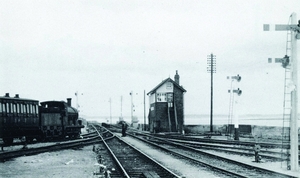
This railway line was built under the auspices of the Congested Districts Board and was of enormous importance to the people of all of Connemara. It was a great feat of engineering from the point of departure westwards from Galway station with the necessary building of bridges and tunnels by Bohermore and across the Corrib itself.
Bunscoil students in the Jes, 1963
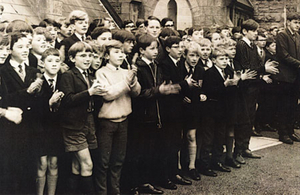
In 1962, the Jesuit community in Sea Road celebrated the centenary of their school, and the following year they celebrated the centenary of the Church of St Ignatius. Eamon de Valera, who was president of Ireland at the time, attended the church celebrations, and our photograph today shows some of the students of the bunscoil applauding his arrival.
‘A powerhouse of prayer’
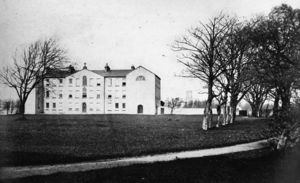
The exact origins of the Poor Clare Sisters in Galway are not easy to trace. We know there was a convent of Clares, if not Poor Clares, here before 1640, based on an inscription on a headstone which read “Here lieth the body of Elizabeth Lynch, the Foundress of the Order of St. Clare who died 14th December 1626”. James Hardiman describes another headstone inscribed thus: “Here lieth the body of R. Mother Maria Gabriel, alias Helen Martin, first Abbess and religious of the Poor Clares of Galway who died on 14 January aged 68 in religion for 40. Pray for her Soul.” This suggests the nuns were in Galway since 1632 when she entered the order.
Bowling Green of yesteryear
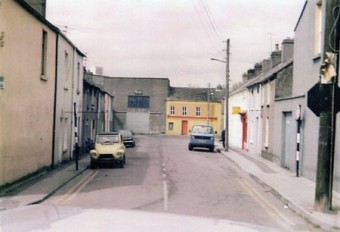
In 1883, a sub-committee of the town commissioners reported on the sanitary conditions of the houses in this area. Some were occupied in tenements, others were held by single families. “In none of these houses is there any provision as to water closets, privies or drains which in itself is deplorable; but your committee feel it would be but ill discharging their duty if they stopped short at such an exposition and remain silent as to the absence of every feature which would recommend them as habitations for human beings. The poor can only hope for impoverished dwellings, but when a gentleman enters into commercial relations with them, and on a well intended profitable scale to himself .... he should not be exempted from the obligation of providing them with accommodation somewhat better than Indian wigwams.”
The Galway sessions
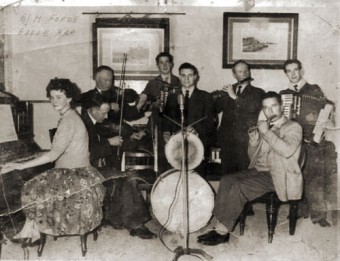
Comhaltas Ceoltóirí Eireann in Galway was formed in the mid-fifties by schools inspector Pádraic Ó h-Eidhin and by Dr Galligan. Groups of musicians began to meet in St Patrick’s School, the Industrial School, and Mattie Forde’s Eagle Bar on the corner of Henry Street and William Street West. This represented the first stirrings of general interest in Irish traditional music in the city.
Distorted views of the Claddagh in the 19th century
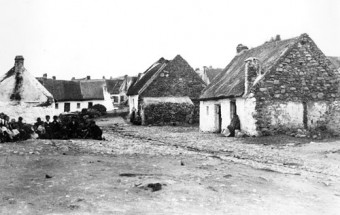
English travellers came to Ireland in great numbers during the 19th century, and Galway formed an important stop on the typical tour. The stopover invariably involved token visits to Lynch's Castle, St Nicholas' Collegiate Church, and Queen's College. A visit to the Claddagh was part of the complement of must-see places, and it eventually became one of the most written about sites in Ireland. Many of these commentators travelled the same routes, stayed in the same country houses or hotels and the resulting texts are frequently similar in both content and perspective. The sameness of description permeates many travel accounts and over the century, new information is rare.

